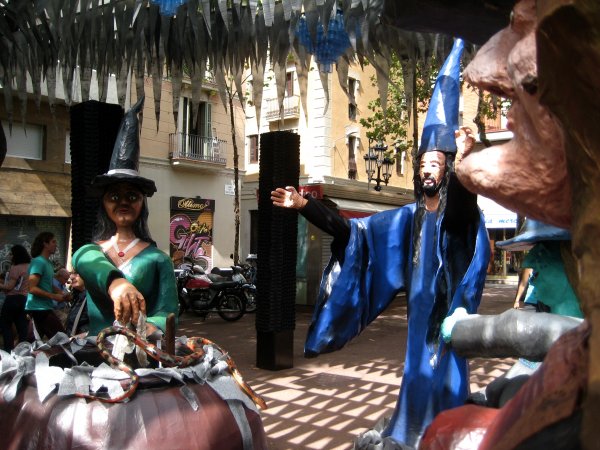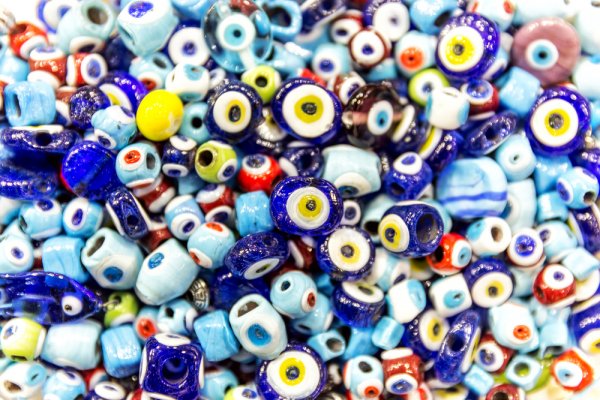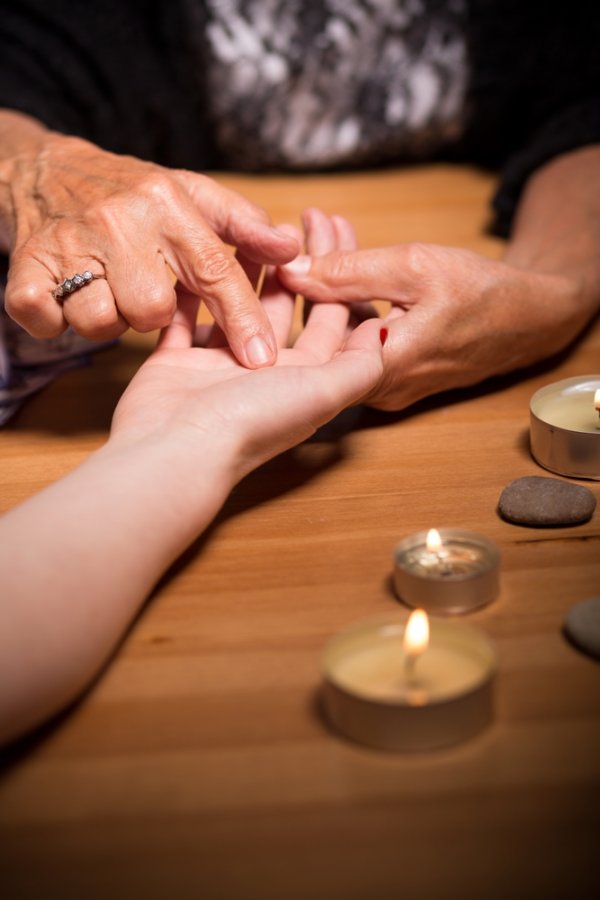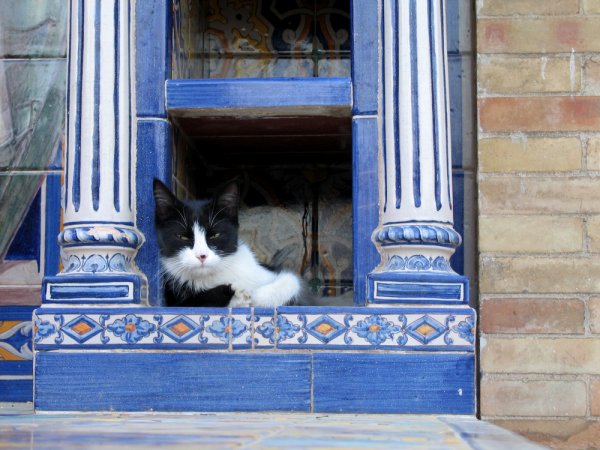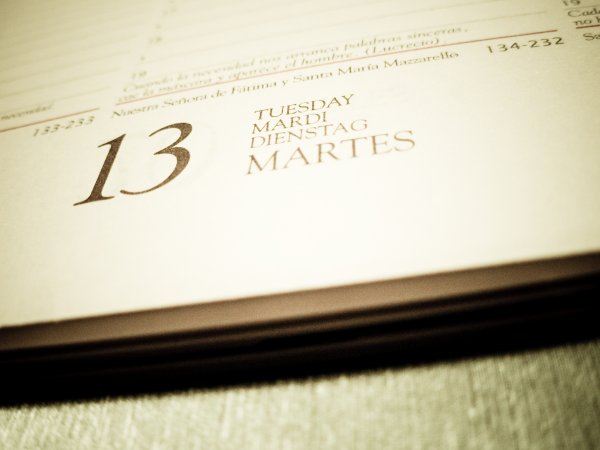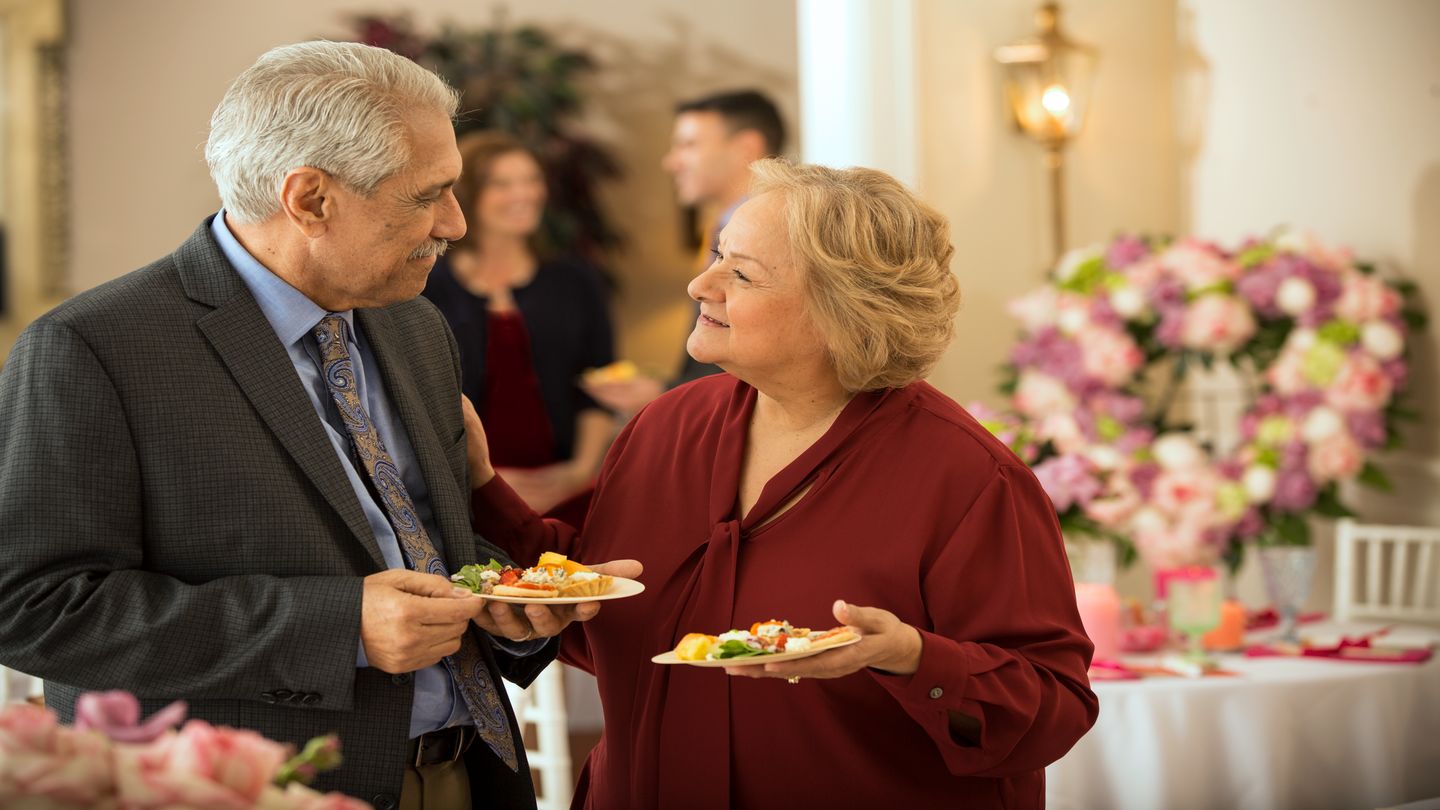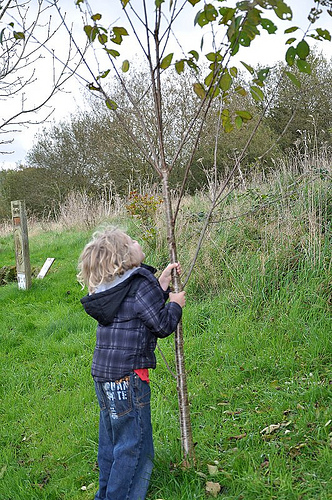Culture and Society: Superstitions and Folklore
General
Spain’s legacy is a mixture of cultures, from which it has inherited a multitude of folk beliefs and superstitions. The Spanish people are a mix of Castilians, Basques, Catalans, Galicians, Moroccans, and South Americans. Another group that settled in Spain were the Gypsies or Romaniya. The Gypsies originated in the Punjab, in northwestern India, and fled from the region during confrontations between the invading Arab and Mongolian tribes. In their long journey, they passed through the Middle East, Europe, and Egypt, where some claimed to be descendants of the Pharaohs. It was through this association that they got the name Gypcians, but the Spanish refer to them as the gitano.
Specific Superstitions
Brujeria or Wicca (Witchcraft)
Brujeria is a Spanish term that means witchcraft. In Spain, as in many European countries, witchcraft, along with other healing and magical practitices, flourished for centuries. It still endures today, primarily as Wicca practices.
Witchcraft originated with the pagan Celts. Originally, witches were not thought of as evil; their powers came instead from a deep understanding of nature and its forces. During the Middle Ages, witchcraft was persecuted, especially during the period of the Spanish Inquisition. The Church actually strengthened the popular belief in the power of witches by making them scapegoats for heretics or any groups who did not appear to submit to its doctrines.
Today, the general population no longer believes in witches, and many people view the witch only as a well-loved traditional character, appearing only in children's stories.
Some beliefs related to witchcraft:
- One way to find out if woman was practicing witchcraft was to look at her buttocks. When she made a pact with the devil, she also received "the mark of the devil," the image of which is a toad, a ram, or a circle with crossed horns. The witch’s left side was also marked with a hairy image of a heart. The hairier the mark, the more powerful the witch’s abilities were.
- The Devil also gave the witch’s eyes a mark, either with white fog or with horn symbols. Some say that the right eye had deer’s horns while the left had two pupils. The marks on a witch’s skin could never be washed off, even by holy water.
- The circle dance was one of the rituals of the witches to gain supernatural powers. They assembled on mountain peaks at midnight at the time of a full moon to dance to the music played by the Devil, who used a violin. Old witches were always present in this ritual because it was the time when they replenish their diminishing strength. One sign of this weakness is the fading of the mark of the devil on their buttocks. During the circle dance, they repainted it.
- If a hissing wind sound was heard on the rooftop, it was a sign that a witch was hovering, plotting evil on the family who owns the house. To prevent the witch from taking anything from the house, the family should place a figure of a man in a guard uniform at the right side of the gate.
- A woman who wished to be a witch should go to the seashore, take off her clothes, and roll in the sand seven times, after which she should stand up and make three circles, then roll around again seven times. This ritual was done in secret. The woman whispered incantations while she is performing the ritual. If someone witnessed the ritual, the woman would not turn into a witch.
- Powerful witches were known to have the ability to fly, and could mount poles and brooms after first anointing them with oil given by the Devil. Not only was the ointment for the broom, but it could also be used to turn the witches into animals, to prophesy, and to casts spells. While airborne, witches chanted the words, "Per ací, per allà, cap ací, cap allà," or "Here, there, hence, thence," over and over.
- Witches were seen as ugly women in black clothing who were always near a pot or cauldron, and were believed to be making brews or concoctions from the flesh of hanged criminals, from the corpse of babies, or from black grains or flour to be used on their flying sticks. The cauldron was big enough to keep seven witches. They made fire by dancing around the cauldron.
- The witch’s favorite animal is a cat. Witches were thought to turn themselves into cats so that they could easily enter homes and take items belonging to the person they wanted to cast a spell on.
- If witches could harm, they could also heal, because they had the power to read the stars, see through people’s coverings, climb the clouds, and cause it to rain during draughts, or out of malice, cause disruption on holy and happy occasions.
Mal de Ojo
Spaniards took the superstitious belief on the Evil Eye seriously. A mere glance or stare from an envious, jealous, or ill-intentioned person could wreak havoc in a person’s life through sickness, bad luck, accidents, or even death.
The Evil Eye is probably a legacy of the Moors, who once occupied Spain. According to them, a man or woman who has the Evil Eye is under la mala sombra or the evil shadow. One still occasionally hears the words mala sombra in the conversation of Spaniards, Italians, Portuguese, and other people from the Mediterranean countries, including North Africa. And because Spain colonized in Central and South America, the Evil Eye superstition has also found its way to Brazil, Haiti, Cuba, and Mexico.
Spaniards believed that babies and children were the most vulnerable to mal de ojo. If a stranger paid attention to a baby, and the baby began to cry, it was thought that the power of the Evil Eye was cast on the baby. To counter this, the mother would spit on the baby’s eyes to remove the evil spell before it became worse. Another way to prevent harm was to put a blue article anywhere near the baby or on its clothing. The image of a open eye, a popular amulet against the Evil Eye, also helped. The mother could also cover herself with a blue veil from head to toe and have the doors of the house painted blue as well.
Kimia, or henna powder, was also believed to have the power to counter the effects of the Evil Eye. Men and women had their skins tattooed with kimia as a protection.
Fortune-Telling
The Gypsies or Romaniya or Roma arrived in Spain in the 15th century. Wherever they settled, they found it difficult to integrate into mainstream life. In order to survive, Gypsies turned to fortune-telling or gadje, drabaripé, or drabarimos. It was usually a woman gypsy who told the future or fortune of customers, although a man could also do the job. The method they employ is chiromancy, or palm reading. They could tell a person’s mood by reading the person’s aura, or the energy that surrounds the person.
When Catholicism swept over Spain, all forms of pagan practice were abolished and the gypsies were persecuted. Roma were hunted down and imprisoned as a danger to society.
There are still gypsies in Europe, including in Spain. Their culture lives on in many ways, particularly in the popular flamenco dance.
Other Superstitions
Actions
- Never go near an oven or fire at the stroke of midnight, for that is when the witches dance near it.
- Seamstresses should put pins into the mantle of San Antonio to be rewarded with a handsome boyfriend.
- Carry bread to ward off evil spirits.
- Do not spill salt, walk under a ladder or on broken glass, open umbrellas inside the house, or place a hat on the bed, for they spell bad luck.
- Carry a horseshoe for good luck.
- Never utter the word "serpiente" or serpent. If it could not be helped, try to elaborate, and say "beast" instead.
- Do not do anything on a Tuesday, for it will never succeed.
- Wash only with running water.
- Stay at home during Tuesday the 13th because it is a bad luck day.
- Wear an article that has an agate with seven concentric white stripes on it to ward off the Evil Eye.
- Use a fig-shaped coral to ward off the Evil Eye.
Animals
- Get a pet cat for good luck.
- Animals may only be killed for food.
- Do not get an owl as a pet: it spells bad luck.
- Say "amigo," "el otro," or "tío Juan," instead of the world "lobo" or wolf, so that its presence will not be invoked.
Death, Funerals, and Burials
- Do not wash, bathe, shave, or comb when someone has just died.
- Empty all containers after a burial.
- Do not prepare food, just drinks, during a funeral.
- Cover all mirrors with cloth around the coffin.
- Do not touch the deceased so as not to be contaminated by its impurities.
- Cover the corpse’s nostrils with pearls or beeswax so that no evil may enter its body.
- Gather everything that the dead needs to travel to the next life. Examples are clothes, food, jewelry, etc.
- Throw a handful of coins or valuables when the coffin is being lowered to the ground.
- Wear red to ward off evil spirits during the funeral and burial, Wearing red is also good luck, as it is the color of blood.
- Destroy all the belongings or possession of the deceased so that his or her spirit would not come back, including the pets, except for the horse.
- Never mention the name of the departed ever again.
- Prepare dinner for the mourners after the ninth day of the burial, on the sixth week, on the sixth month, and then after a year.
- Dance around the dead seven times so that the soul will rest peacefully.
Health
- Shake a young tree to lower the fever of a person; the high temperature will transfer to the tree.
- Carry a mole’s foot to relieve someone of rheumatism.
- Carry a hedgehog’s foot to prevent toothache.
Healing
- Holy water is a good protection from evil spirits.
- Eggs and lemons should be patted on a patient's body to absorb negative energies that are causing illness.
- Rosemary, basil, and rue branches should be brushed on the patient’s body to remove negative emotions and ill feelings.
- Candles are burned to absorb negative energy and hasten healing. Different colored candles are burned for different reasons: red for strength, blue for harmony, and pink for good will.
- The scent or smoke from burning incense can purify the room while a healing ritual is being performed.
- Garlic and oils can prevent bad spirits from coming near a person.
Holidays
- Guard the graveyards of loved ones during All Saint’s Day, for witches pass through the graveyards to destroy the cross that protects the dead. The witches would also erase the proof that the dead person ever existed.
- Go to the witch’s house on November 1 and mark her gate with a star so that when she comes home her spells will be turned against her and then she will burn away.
- To avoid the flames of purgatory, participate in the Queimada ceremonies on November 2, or All Souls Day, in which strong distillation of grape skins, coffee beans, fruit and sugar are set ablaze, and then the mixture is scooped from the bowl and poured over and over until columns of fire run from the ladle.
- Never go wandering about during Christmas Eve, for it is the time that witches replenish their strength by remarking their buttocks.
- Leave shoes by the window on Christmas Eve with all the vegetable scraps so that the Wise Man Balthazar (one of the Three Kings or Magi) will replace them with gifts.
- Sprinkle the chimney with salt and put an article with a cross on it to discourage the witch from entering the house on New Year’s Eve. Also, when the angels see the cross, they will come down from the clouds to warm themselves by the fire, and that will discourage the witches from going near the house.
- Stay at home when the moon is full to avoid seeing procession of dead people, called the Santa Campagna cannot be seen. Witnesses to this eternal procession will become part of it.
Children
- Never leave a child alone during Christmas Eve, for the witches will take him away.
Wedding
- The groom must give the bride 13 coins for the marriage to last.
- The one who catches the bouquet of flowers thrown by the bride will marry next.
- If the best man cuts off a piece of the groom's tie, he will be married soon.
Women
- Go around men rather than in front or in between them if it is the menstrual month, so as not to contaminate their purity.
- Breastfeeding mothers should wear milky white agates to induce lactation.
Copyright © 1993—2025 World Trade Press. All rights reserved.

 Spain
Spain 